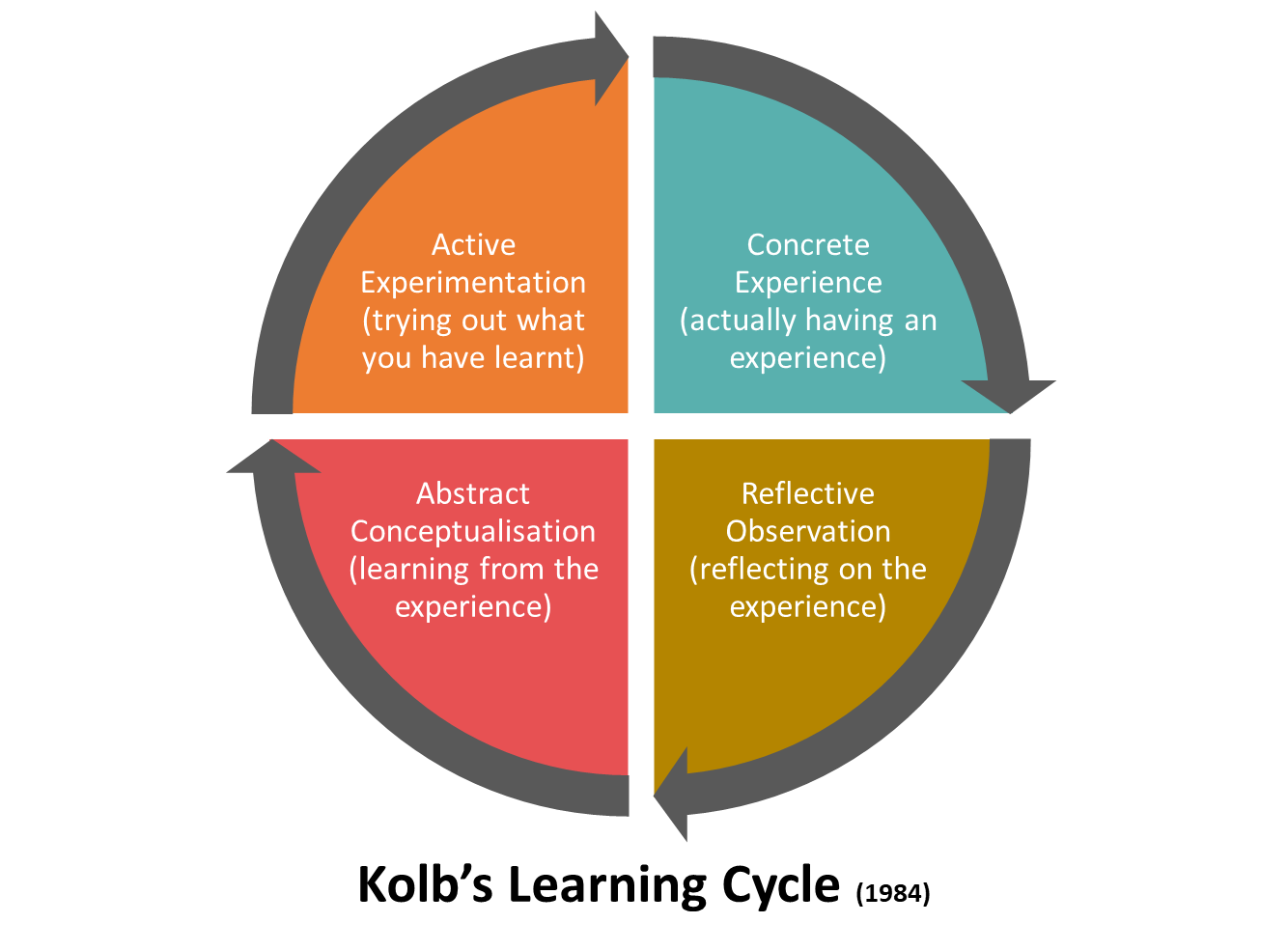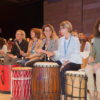Analysis of the training needs
Research and sharing of the skills that are to be developed in partnership with the company, analysis of the corporate culture in order to clearly define any metaphors to be used within the training.
Analysis of purposes
Knowledge, responsibility, capacity, attitudes, issues, expectations and fears.
Planning
Identifying the metaphor that will provide the main theme for the training.
Organization of the most suitable course structure and content; identification of the venue and duration of the course.
Briefing
Presentation of the experiential techniques, training objectives and of the metaphor that will be used.
Warm Up
Ice-breaker allowing the participants to better get to know each other, enabling them to feel open and free to fully express themselves throughout the rest of the core activities, overcoming any embarrassment or fear they may feel towards a new experience. Also enabling the trainer to get to know each of the participants and the group better.




